The Long Game: Measuring Sustainability of Grantmaking
Recently, many of our foundation clients have adopted a renewed emphasis on the sustainability of the outcomes that result from their grantmaking and the efforts of their grantee partners and coalitions. This shift from merely focusing on contribution to outcomes to the longevity of change is POWERFUL. And we are HERE. FOR. IT.
But, to be honest, measuring sustainability is a tough nut to crack. Luckily, we’ve recently been in dialogue with folks from BHP Foundation, Sustainable Minerals Institute, Open Society Foundations, Transparency and Accountability Initiative, Ford Foundation, and others about indicators of sustainability and strategies to promote them in relation to the natural resource governance (NRG) sector. While NRG may seem like a niche context, we’ve identified emergent trends that are relevant across sectors.
I2I’s 5 Hot Takes on Sustainability of Outcomes
DEFINE SUSTAINABILITY EARLY. There are many ways to define sustainability, which is why it is so critical to do so. At the onset of an initiative, strategy, or program it is vital to not merely map the outcomes you’d like to see, but also describe what sustainability of those outcomes means. Here are some questions to noodle on when defining sustainability in your context:
Where are the intersections of sustaining the wins of individual grantee partners versus sustaining success across an entire field of work?
To what extent does your definition of sustainability align with your partners definitions?
To what extent are there tensions and differences among your grantee and your organization partners about what sustainability means? When is this tension generative? When is it disruptive?
What are realistic expectations of sustainability? For example, in certain political contexts, the sustainability of an outcome might have a shelf life of 2, 5, or 8 years.
BE TRANSPARENT. As with most work in the philanthropic realm, it is important to transparently communicate with partners about what sustainability means for the work at hand. A shared vision for sustainability grounds the work and helps manage expectations related to engagement duration and resource allocation.
DEVISE INDICATORS. Saying that sustainability is complex is an understatement; determining the level of sustainability of work may take years! But creating measurable indicators of sustainability (that align with your shared definitions) helps track emergent progress along the pathway to sustainability. In the case of our recent NRG work, some early, high-level indicators that we measured to scaffold our understanding of sustainability of changes to natural resource governance included:
Persistence of local champion
Cross-sector and public awareness
Infrastructure for policy implementation and enforcement
Behavior change in response to new policies and norms
TACTICS TO PROMOTE SUSTAINABILITY. Within the realm of our NRG evaluation work, we identified several grantmaking tactics that promoted the high-level indicators of sustainability.
Authentic engagement of local actors throughout an initiative
Employing a systems approach to funding
Continuously tracking indicators of sustainability (like those listed above)
Measuring the impacts of implementation (follow-up, retrospective studies)
Sustaining the funding for proper implementation
Transparent communication and mutual understanding between funders and grantees about the future of the field
Sense of local ownership
THERE IS NO GENERIC SUSTAINABILITY. Despite these emergent trends, sustainability is contingent on the context, including the landscape of partners involved, type of work, anticipated outcomes, and external factors to name a new.
If sustainability has been something on your mind lately, let’s chat! We’re always curious to learn how others are approaching sustainability in their grantmaking strategies. And if you are not yet embedding sustainability into your work, tap us in!




